Historical Monuments
Forts and Historical Monuments in KERALA
Dutch Palace, Cochin
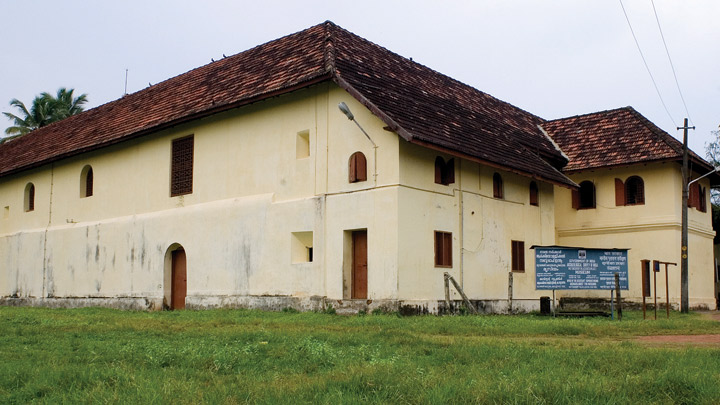
Also known as Mattancherry Palace, this monument was constructed by the Portuguese in mid 1550s. Later it was modified by Dutch and was presented to Raja of Kochi as a token of greatness in exchange of trading rights. The two-storeyed structure encompassed with a courtyard with a small shrine of Goddess Bhagavati, is today a museum with rare collection of murals and royal artifacts. The central Durbar Hall, where coronation ceremonies were once held, is today a portrait gallery of Kochi rulers; it also displays textiles. The adjacent bedrooms and chambers are famous for their 17th century murals, representative of Kerala’s temple art.
St. Francis Church, Fort Kochi
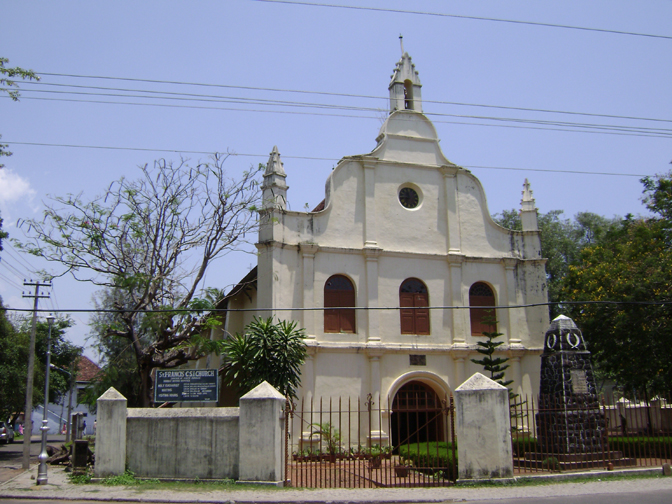
Located in Fort Kochi, this is one of the earliest European churches in India built by the Portuguese in 1500s. The church with a simple façade became a model for the later churches. Taken over by the Dutch and then the British, this church is today affiliated to the churches of South India. Within the church there are numerous gravestones with inscriptions, the earliest a Portuguese epitaph. Vasco da Gama was buried here in 1524 until his body was taken to Portugal 14 years later.
Vasco House, Fort Kochi
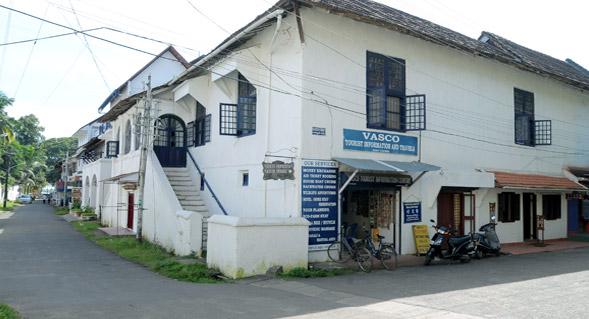
Located on Rose Street in Fort Kochi, this is believed to be one of the oldest Portuguese houses in India. Vasco da Gama is believed to have lived here. The building has beautiful European glass panned windows and verandahs.
Santa Cruz Basilica, Fort Kochi
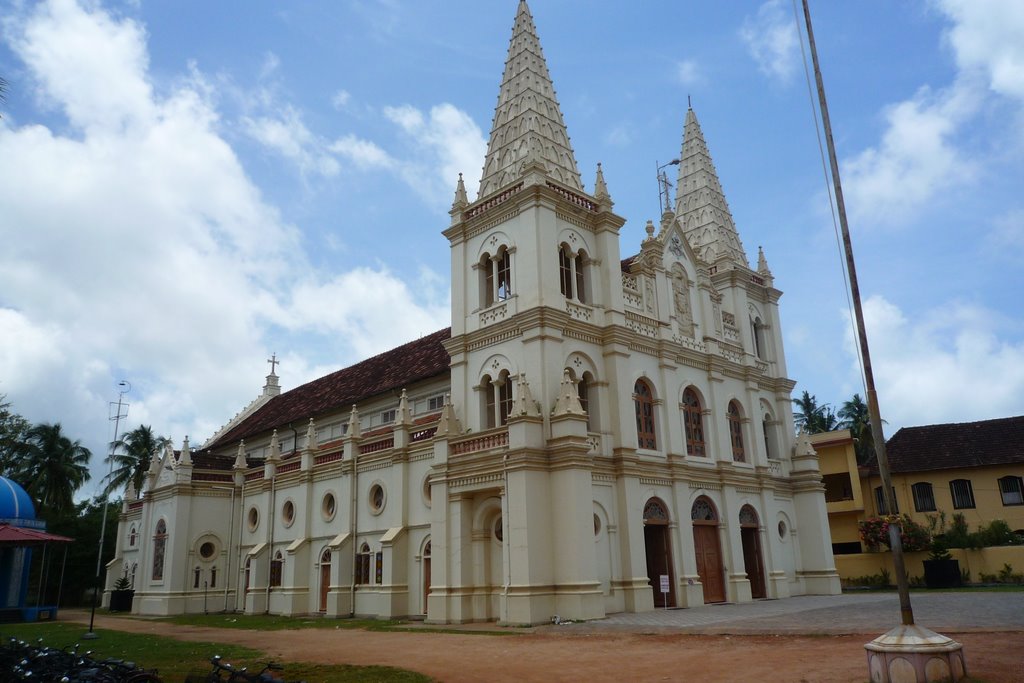
The original church situated in Fort Kochi was constructed by the Portuguese in 1505 and named as Cathedral in 1558. The British later on destroyed the cathedral and the current structure was built in 1905 and raised to the status of a basilica by Pope John Paul II in 1984.
Jewish Synagogue and Jew Town, Mattancherry

The Synagogue is located near the Dutch Palace in Mattancherry. It is India’s oldest synagogue famous for its magnificent decoration using Chinese tiles and Belgian chandeliers. It is also known by the name of Paradesi Synagogue. The present synagogue with its tiled roof and clock tower was rebuilt in 1664 with the Dutch help, after the Portuguese destroyed it in 1662. The narrow lanes around the synagogue are crammed with Dutch-style residences. These are now used as antique shops.
Kochi International Pepper Exchange
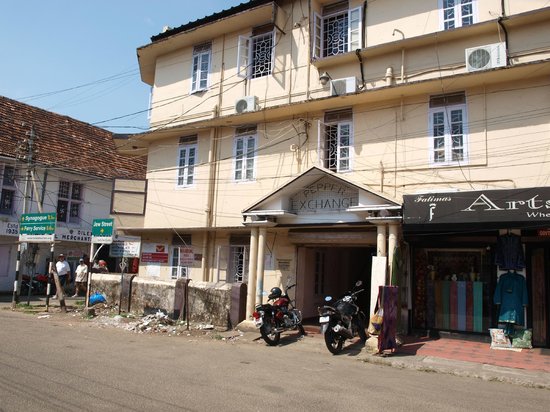
This unique establishment is located in the heart of Jew Town. The interior is a small hall, lined with small cubicles, each with a man talking animatedly on a telephone. Theatrical gestures accompanied by a loud cacophony of sounds mark the drama of each day’s pepper auction.
Sakthan Thampuran Palace, Trichur
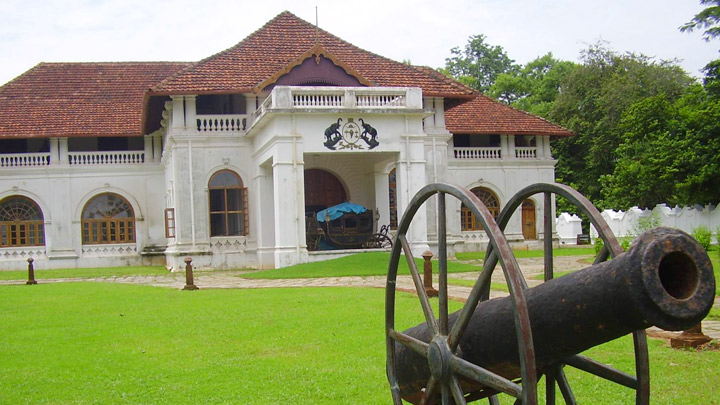
The Sakthan Thampuran Palace is built in Dutch and Kerala style of architecture and is a landmark monument of the state. The Sakthan Thampuran Palace highlights several interesting and outstanding aspects of the former rulers of Kochi. The palace continued to be a college of Chinmaya Mission of Swami Chinmayananda for a long time. The archeological department took over the building and modified the palace into a museum retaining the past glory of the district. The palace today houses an elaborate museum with various household objects and artifacts and various megalithic items.
Tipu’s Fort, Palaghat
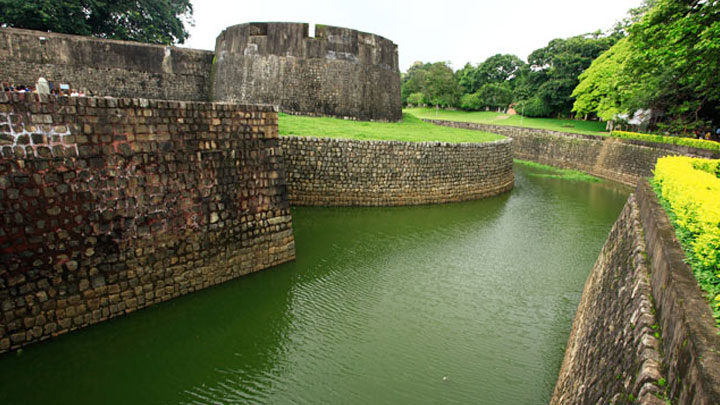
The Tipu’s Fort at Palakkad is one of the most worth visiting monuments in Kerala. Situated in the heart of the Palakkad city, it was built by Hyder Ali of Mysore in 1766. It was subsequently occupied the British after defeating Hyder’s son and successor, Tipu Sultan. This elegant granite structure now houses various government offices.
Thirthala
About 75 kms away from Palakkad is Thirthala, a place famous for its monuments and historic ruins. The Kattilamadam temple, a Buddhist granite monument made up of granite is its main attraction. The Shiva temple and the ruins of a mud fort are among its other attractions.
Commonwealth Trust, Calicut
Dominating the city centre is the large Manamchira Tank, flanked by the Town Hall and the Public Library, both fine example of traditional architecture of Kerala. Nearby is the Commonwealth Trust building, a 100 years old monument. The trust established by the Basel Mission in 19th century modernized the terracotta tiles and textile industries in Calicut. Later on it took the credit of developing the colour khaki for the British Army. There is a shop in the premises of the trust that sells textiles as well as terracotta products.
Edakkal Caves, Wayanad
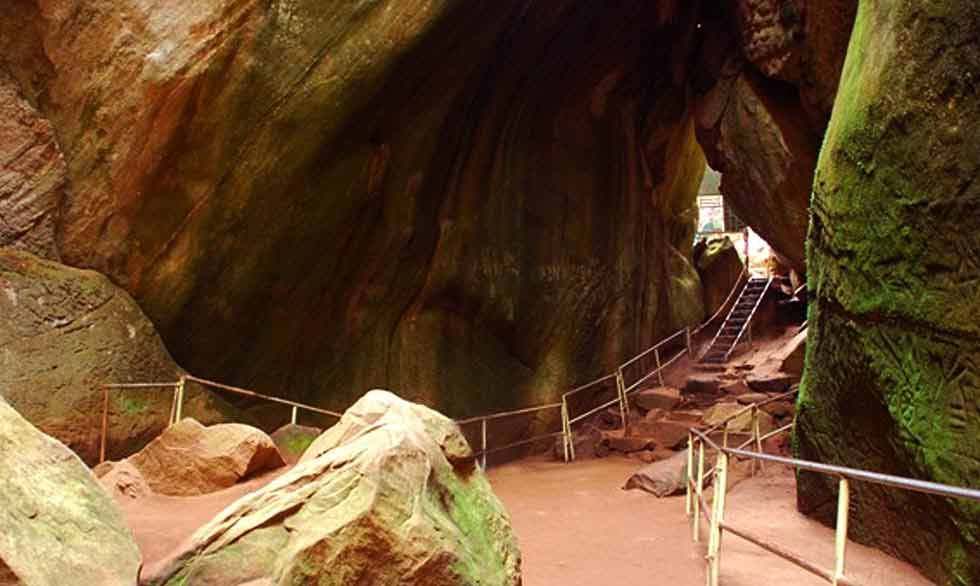
The Edakkal caves are 25 kms away from Kalapetta. Their inscriptions and carvings of human and animal figures are said to date to pre-historic period. The carvings speak of a highly civilized people of pre-historic age and inspire the archaeologists and historians to rewrite the history of Wayanad and Kerala as a whole. Some believe that these caves were the refuge of Jain monks.
Pazhassi Raja Tomb, Wayanad
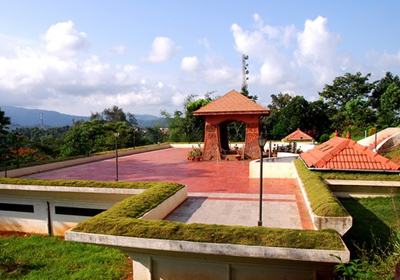
Pazhassi Raja Tomb is one of the widely visited sites in Kerala. Pazhassi Raja, the Lion of Kerala, who organised guerilla type warfare against British East India Company, was cremated here in 1805. His tomb is a popular place to visit. It is also a good picnic spot for children and young providing Coin-operated toys for children and boating facilities to young ones.
St. George Fort, Mahe
The fort lies on the highest hill of Cherukallayi, one kilometer from Mahe. The French constructed a Fort here and the ruminants could now be seen. You may have a scenic view of the Mahe town from here. It is near this fort, that the Television Relay station of Mahe has been built.
Bekal Fort
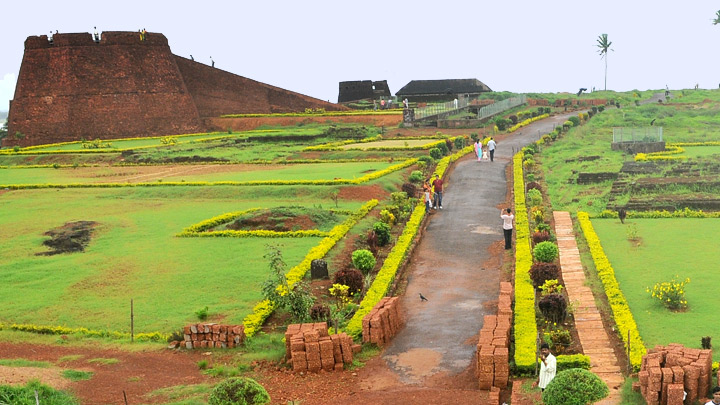
Located 16 km south of Kasargod is Bekal Fort, the largest and best preserved fort in the entire Kerala. This enormous and circular structure is built with large block of laterite and its outer wall rises majestically from the sea to a height of 39 m. The fort is believed to have been built by a local Chieftain, Shivappa Nayak in the mid 16th century. The fort was occupied later on by the British after the defeat of Tipu Sultan.
Chandragiri Fort

The Chandragiri Fort, on the banks of the Chandragiri River, is just 10 kms from Bekal. This 17th century fort is also a contribution of the Chieftain, Shivappa Nayak who had built it to defend the kingdom against the Vijayanagar rulers. It is an excellent sun set point. You can have boat trips to the nearby Malik Dinar Mosque that had been founded by Malik Ibn Dinar, a disciple of Prophet Mohammad, who introduced Islam in Kerala.
Pierce Leslie Bungalow, Fort Kochi

Pierce Leslie Bungalow, a charming mansion was the office of Pierce Leslie & Co., coffee merchants, founded in 1862. A representative of the Fort Kochi colonial bungalow, this building reflects Portuguese, Dutch and local influences. Characteristic features are wood panels that form the roof of the ground floor, arched doorways, carved doors and sprawling rooms. Waterfront verandahs are an added attraction.
Anjengo Fort, Varkala
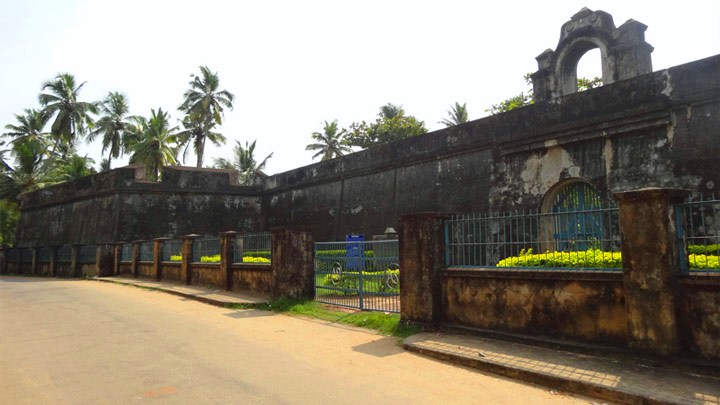
Anjengo Fort is forever remembered in the pantheons of history as the location of the first trade settlement of the East India Company in Kerala. Legend has it that the English were given this site by the Queen of Attingal for trade purposes. Anjengo or Anjuthenguwas a small stretch of land with five coconut trees at the time and the fort was named after the same. The old English Fort that once stood here would be constantly attacked by foreign powers for centuries.
Hosdurg Fort in Kasaragod
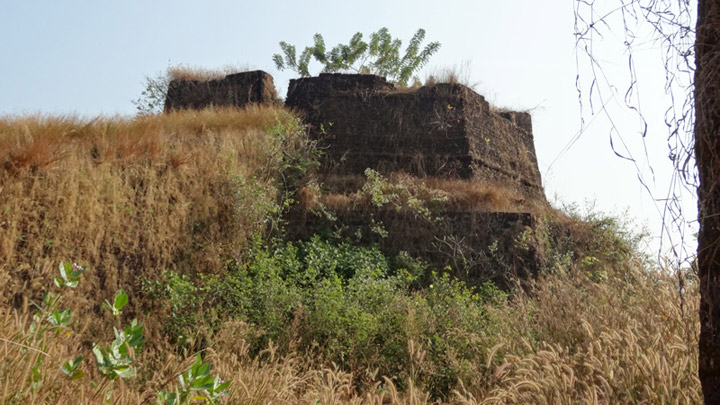
In the hilly reaches of Kasaragod district, people are used to seeing impressive forts at almost every turn, built both as military bastions and important centres for commercial and cultural activities. In Kanhangad lies the Hosdurg Fort, among the legendary chain of forts built by Somashekara Nayak of Ikkeri Dynasty. Lying nearby is the internationally renowned spiritual centre, the Nithyanandashram. About 15km from Bekal, these form an intriguing set of places that add to Kasaragod’s charm.
Fort Immanuel at Fort Kochi
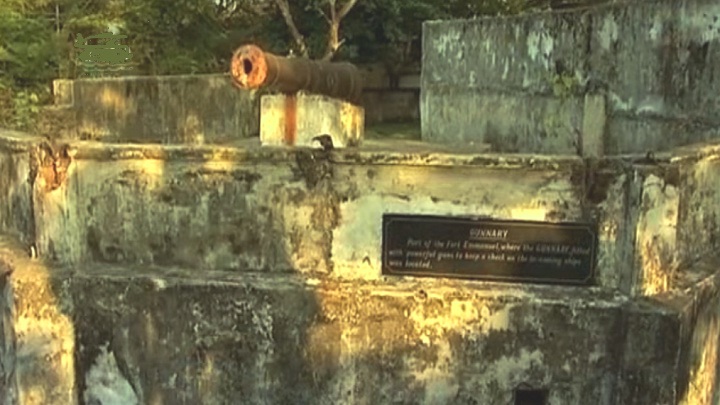
Fort Immanuel, situated at Fort Kochi is a bastion of the Portuguese in Kochi. It was a symbol of the strategic alliance between the Maharajah of Kochi and the Monarch of Portugal, after whom it was named. Built in 1503, the fort was reinforced in 1538. By 1806 the Dutch, and later the British, had destroyed most of the fort walls and its bastions. Today, remains of this once imposing structure can be seen along the beach.
Thalassery Fort

The Thalassery Fort is a formidable historical monument established by the East India Company as a testament to the might of the imperial rulers. It stands proud in the small town of Thalassery, situated 22 km from the Northern district of Kannur. Once the nucleus of Thalassery's development, the fort was built in 1703 by the East India Company, which had already established its settlement on the Malabar Coast in 1683. The arresting square fort has gigantic walls, massive, intricately carved doors and secret tunnels leading to the sea that make it a delight to explore.
Thangasseri in Kollam
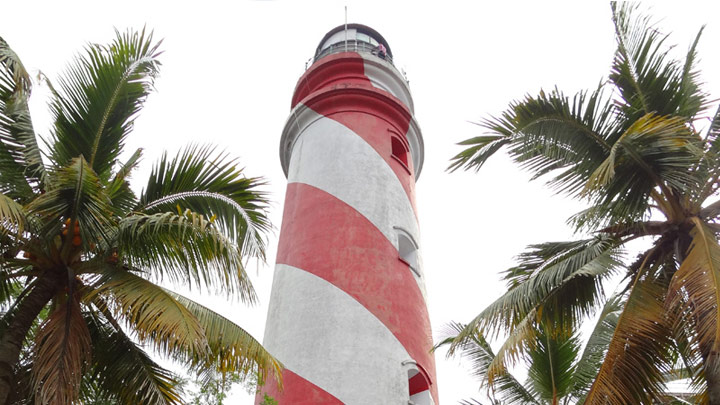
The British called this delightful destination ‘Dutch Quilon’ while the locals refer to it as 'gold village’. Today, the seaside town of Thangasseri is among the most historically significant locations in all of God’s Own Country. It is located 5 km away from Kollam town, and has a series of forts and churches that regularly attract a large amount of people. The Portuguese and the Dutch were responsible for a majority of them, and they give one a glimpse at the initial phase of their time as rulers of the place. Its legendary Lighthouse was built in 1902 and stands 144 ft. high, and can be seen over 13 miles away at sea. Observing the simultaneous rise of the sun and the moon while cruising on the popular Lighthouse Road offers you one of the finest visuals in the entire State.
St. Angelo’s Fort, Kannur
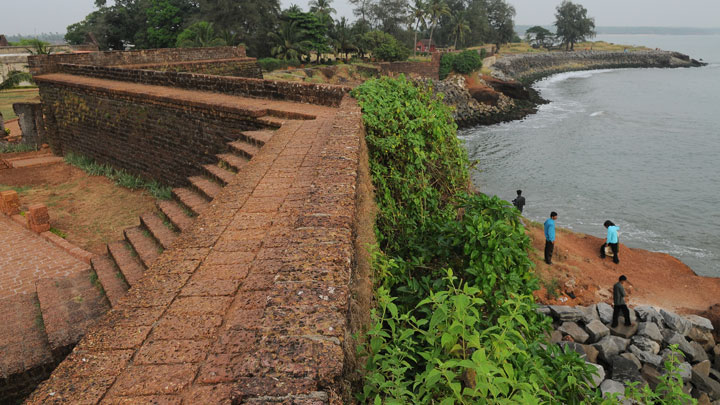
Built by the first Portuguese Viceroy in India, Don Francesco de Almeida (1505), St. Angelo’s Fort is among the most historic sites in Kannur. This massive triangular laterite structure is flanked by gigantic bastions that make for an imposing sight. It changed hands between the Dutch and eventually the British, who would remodel and reequip it into their primary military stronghold in Malabar.
Bastion Bungalow in Fort Kochi

Built in the Indo-European style way back in 1667, the Bastion Bungalow gets its name from its location on the site of the Stromberg Bastion of the old Dutch fort. The bungalow is situated on River Road in Fort Kochi, Ernakulam. The building blends beautifully into the circular structure of the bastion, has a tiled roof and a typical first floor verandah in wood along its front portion. Though it has been said that a network of secret tunnels runs beneath the bungalow, none have been found.
Nilambur Kovilakam
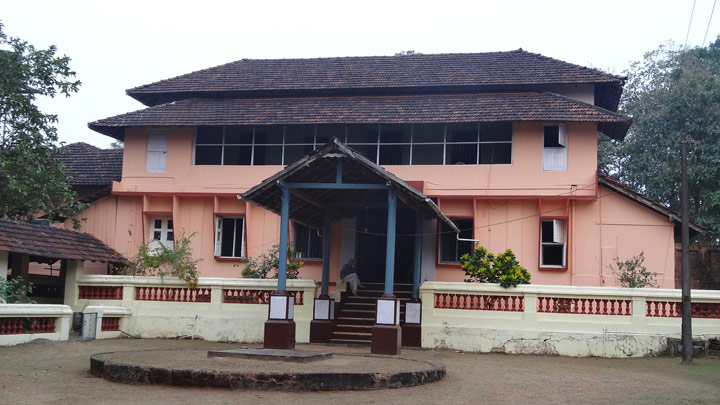
Located 30 km from Malappuram is the magnificent home of NIlambur royal family, the Nilambur Kovilakam. The delightful frescoes and beautiful wooden artwork tell the tale of a culturally extravagant empire. Lying on the banks of the Chali River, the local rulers were responsible for the overall administration of the place. Built according to traditional Kerala architecture, the craftsmanship on display still astounds archaeologists and historians to this day. Nilambur and its famous teak plantations have earned the area much renown around the world.
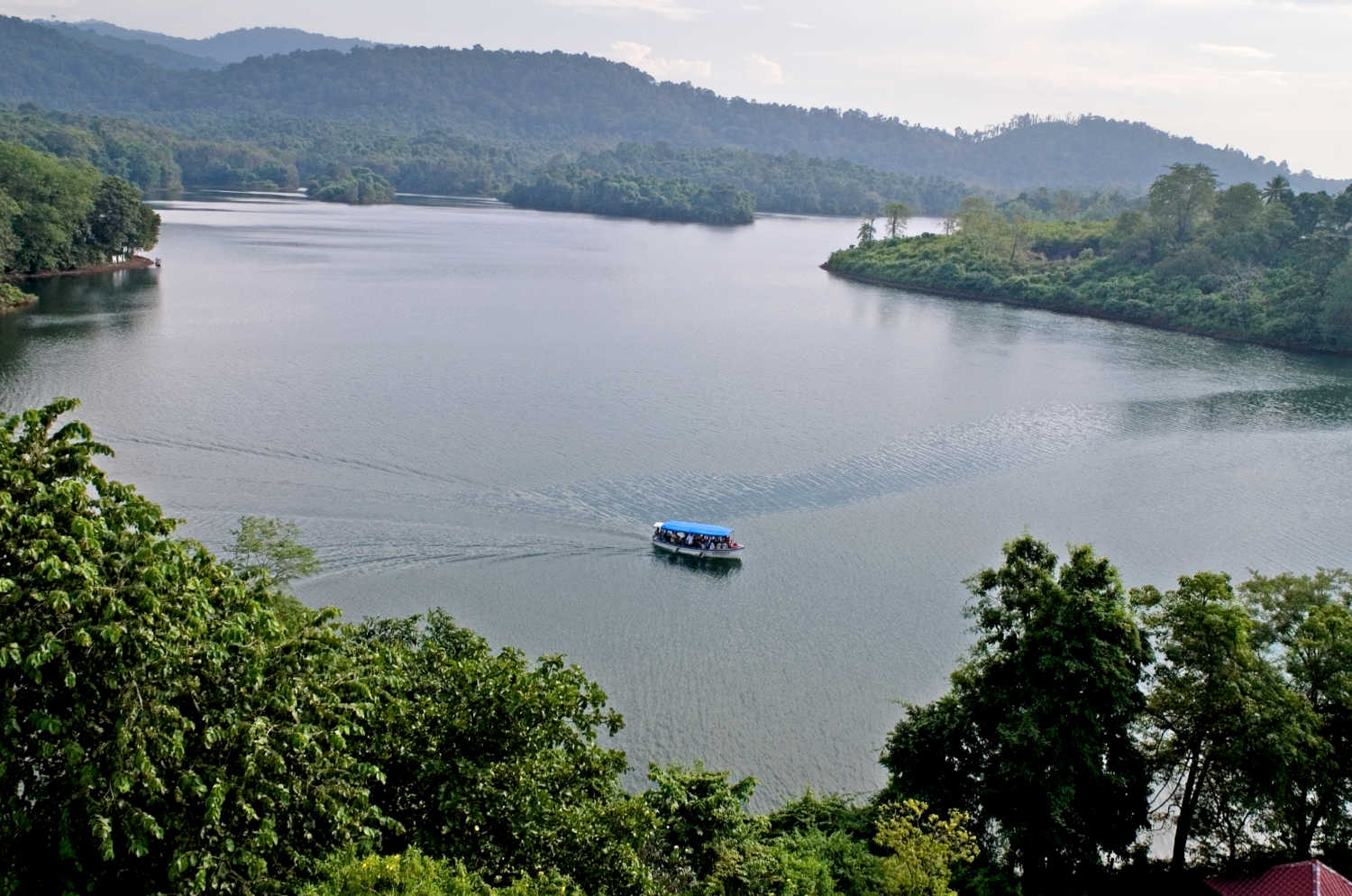
Honeymoon Tour Packages
Extreme Privacy Love @ Kerala Amazing Kerala Honeymoon Kerala Romance @ Hills
Vacation Tour Packages
Water Carnival Sunrise & Sunset Enchanting Kerala Leisure Kerala Hills to Beach Quick Kerala
Family Tour Packages
Hills & Lagoons Hills & Beaches Vibrant Kerala Exclusive Kerala Full Round
Beach Tour Packages
Beach Fantasy Pristine Beaches Beach & Backwater Weekend Beach Sun N Sand
Hillstation Tour Packages
Enchanting Hills Mist Valley Hills & Wildlife Essential Kerala Weekend @ Hills Morning Drizzle
Wildlife Tour Packages
Go Wild Birds Paradise Wild Weekend Extreme Wilderness Love Tiger
Houseboat Tour Packages
Kumarakom Round Alappuzha Round Alappuzha to Kumarakom Kumarakom to Cochin Kumarakom to Alappuzha
Backwater Tour Packages
Serene Lake Lake & Lake Hide Away Wanderlust Extreme Pleasure